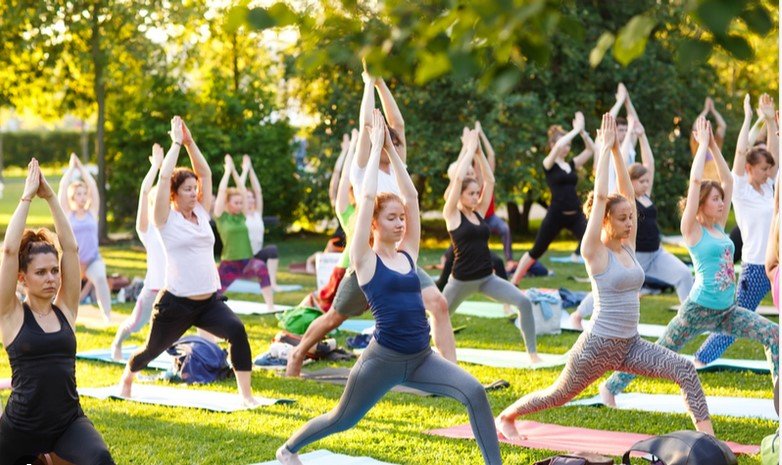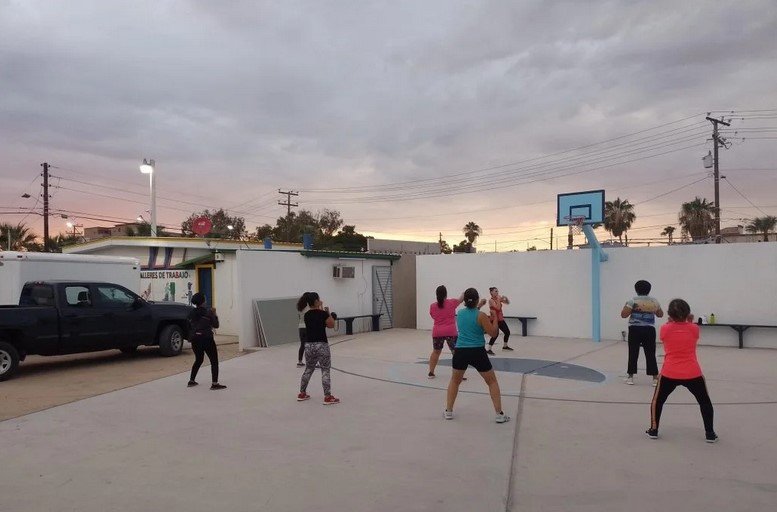
Recreation plays a vital role in maintaining physical and mental well-being, offering a much-needed break from daily routines. Whether it’s a brisk walk in the park or an intense gym session, both outdoor vs indoor recreation come with their own unique set of benefits. In this post, we’ll explore the advantages of outdoor and indoor recreation and how they can enrich your lifestyle.
Outdoor Recreation: Connecting with Nature
Outdoor recreation offers a direct connection with nature, providing a refreshing environment that promotes physical and mental health. Activities like hiking, cycling, or even a simple walk in the park allow you to soak in natural surroundings, which can reduce stress and improve your mood. Nature has a calming effect on the mind, and spending time outside has been linked to lower levels of anxiety and depression.
Another key benefit of outdoor recreation is the exposure to sunlight, which boosts vitamin D levels. This helps improve bone health, supports the immune system, and regulates mood. The fresh air outdoors can also enhance cardiovascular health and provide a more varied physical workout, as natural terrains often present unpredictable challenges, unlike a flat indoor surface.
Outdoor recreation also encourages social interaction. Whether you’re playing a team sport, going for a group hike, or even just walking with a friend, outdoor spaces foster opportunities for bonding and building relationships. The vast, open space of the outdoors naturally promotes social activities.
Indoor Recreation: Controlled and Convenient
Indoor recreation, on the other hand, offers a controlled environment, making it ideal for people who prefer consistency in their workouts. With indoor activities like gym workouts, yoga classes, or indoor swimming, you have the advantage of stable conditions – no worrying about the weather or time of day. This makes it easier to maintain a regular fitness routine, regardless of external factors.
Indoor spaces are also equipped with specialized equipment that allows for a wide range of activities. Whether you’re looking to lift weights, take a spin class, or even climb a rock wall, indoor facilities provide the tools necessary for targeted and effective workouts. For those recovering from injury, the predictable environment of indoor recreation can also offer a safer way to engage in physical activity with less risk of aggravating an injury.
Indoor recreation often offers a structured and guided approach to fitness. Many gyms and studios provide personal trainers, group fitness classes, and specialized programs designed to help individuals achieve specific health goals. This makes it easier for beginners to get started on their fitness journey and receive professional guidance.
Mental Health Benefits: Indoor vs. Outdoor
While both outdoor and indoor recreation contribute positively to mental health, they do so in slightly different ways. Outdoor recreation provides mental rejuvenation through exposure to nature, which is good to lower stress levels and promote relaxation. Activities like walking in green spaces or meditating by the water have a calming effect on the mind, helping to reduce the effects of mental fatigue and improve focus.
Indoor recreation, on the other hand, tends to offer more consistent mental benefits through structured activities like yoga or Pilates. These practices promote mindfulness and relaxation in a controlled environment, which can be particularly helpful for those who thrive on routine. The ability to exercise indoors, away from distractions and environmental unpredictability, can help reduce anxiety and provide a space for focused mental well-being.
Flexibility and Accessibility
One of the major differences between outdoor and indoor recreation is accessibility. Outdoor activities are typically free and accessible to most people, with minimal equipment required. A pair of running shoes and a park nearby are often enough to get started. Outdoor recreation also offers a greater variety of environments, from beaches to forests, allowing for different kinds of activities.
Indoor recreation, while sometimes requiring a gym membership or fees for classes, offers the advantage of year-round accessibility. Weather conditions or daylight hours won’t hinder your fitness schedule when you have an indoor space to rely on. Additionally, indoor facilities often cater to different fitness levels, with equipment and trainers available to guide beginners and challenge advanced athletes alike.
Conclusion: A Balanced Approach
Both outdoor and indoor recreation offer unique benefits, and the best approach often involves incorporating both into your routine. Outdoor activities give you a chance to connect with nature, breathe fresh air, and enjoy the freedom of open spaces. Indoor recreation, with its controlled environment and access to specialized equipment, provides consistency and convenience. By combining elements of both, you can enjoy the full spectrum of physical, mental, and social benefits that recreation has to offer.




